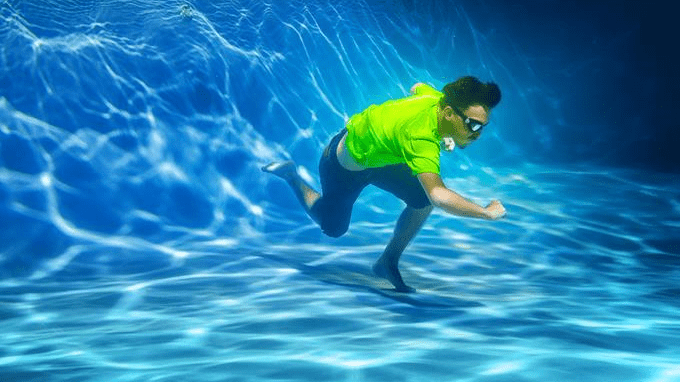You’re a runner who loves to run every day and push yourself in your training. Then you get injured, and your doctor tells you that you can’t run for the next few weeks while you recover. As an athlete or fitness enthusiast, this can feel devastating. And, studies have shown that your fitness levels can actually decrease drastically after just a couple of weeks without fitness training.
How are you supposed to stay in shape during that injury recovery period so that, when your body heals, you can maintain the level of fitness you had during your running training? Luckily, there are a several methods that you can use to stay fit, ranging from cycling and to deep water running.
You may be able to use cardio equipment other than the treadmill to maintain your cardio activities—depending on your injury, other options include the rowing machine, bicycle, the elliptical, etc. These machines get your heart rate up and burn calories, but if your injury is too severe, they can aggravate it and possibly set you back. A great option that is less likely to have a negative effect on your injury is deep water running.
Swimming can be a good cardio workout, but your injury might not allow you to make the kicking motions.
Deep water running is a close substitute to land running and is less harmful to your injury than cardio machines.
Wearing a floatation vest takes pressure off of the legs, thus making it much less probable that you will re-injure yourself. Deep water running can be done in place or moving forward. You can try to simulate land running in order to maintain your form, or you may decide to focus more on sustaining your fitness level.
If you decide to focus on form, you shouldn’t try running as fast as you can. Rather, focus on making slow deliberate running motions in the water, pointing your toes and staying upright so that you can strengthen your core muscles. On the other hand, if you choose to focus on sustaining your fitness level, know that it is more difficult to get a high heart rate in the water than it is on land.
There is more resistance in the water than on land, therefore, you will have to work harder in the water to achieve a similar fitness level to one achieved on land.
Try to focus on endurance and how fast you are running rather than deliberately thinking about the technical running movements.
If you use these water exercises to keep up with your fitness training while injured, you will have an easier time transitioning back into regular training once you’ve recovered.
CoachUp is the safest and easiest way to find a coach for personalized training. With our 100% money-back guarantee and vetted coaches, anyone can achieve their full athletic potential. Find your perfect coach today and become the athlete you want to be!
How useful was this post?
Click on a star to rate it!
Average rating 0 / 5. Vote count: 0
No votes so far! Be the first to rate this post.



